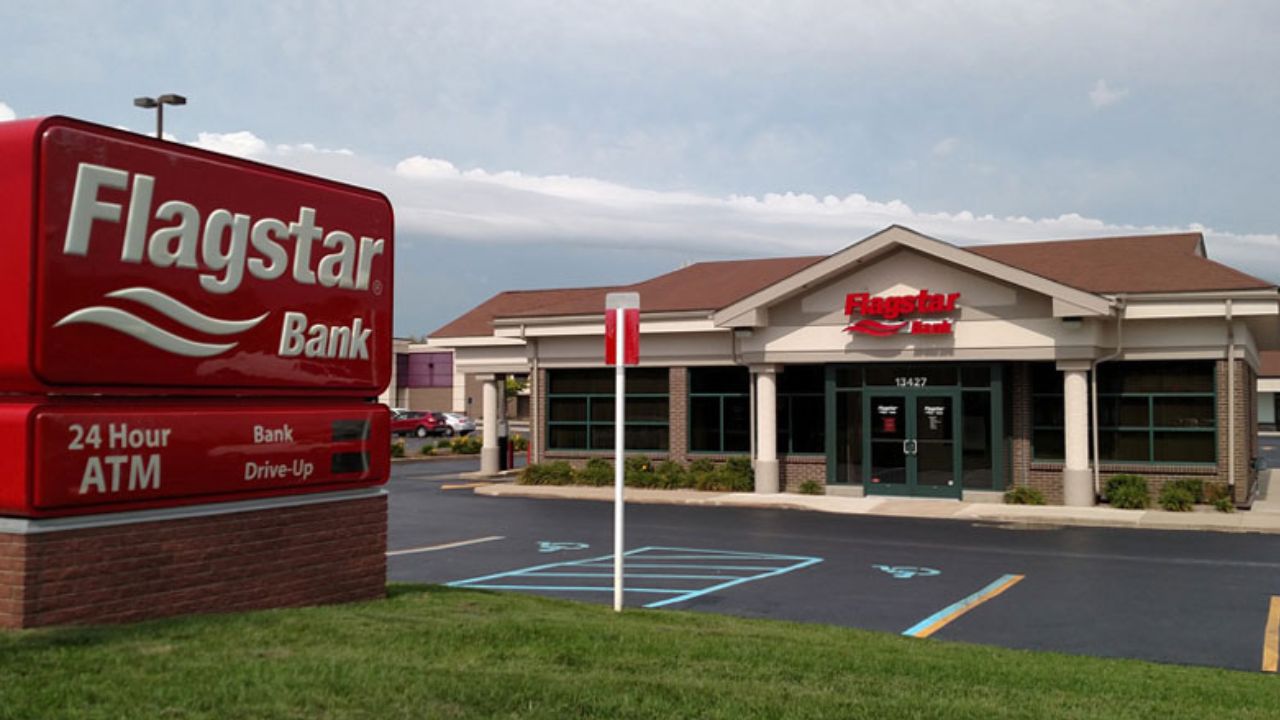Fitch Ratings analysts underscored the vulnerability of U.S. banks with significant lending exposure to multifamily properties, particularly those in rent-controlled housing markets.
The lending to multifamily borrowers surged by 32% since 2020, reaching $613 billion by the end of 2023.
However, factors such as supply outstripping demand, rising costs for landlords, and decreasing apartment values have heightened risks for these banks.
Impact on Regional Banks and Specific Cases
Several regional banks with substantial exposure to the multifamily property market, especially in rent-controlled areas, have already felt the strain.

For instance, New York Community Bancorp reported significant losses in late February, including provisions for credit losses on rent-controlled multifamily loans.
Fitch identified ten banks with the highest multifamily loan exposure, with Flagstar Bank leading the list with 43.6% of its loan portfolio in multifamily.
Market Dynamics and Potential Strategies
Banks with a notable presence in states with stringent rent-control laws, such as California, New York, New Jersey, and Oregon, face increased risk.

With a considerable number of multifamily loans past due on payments, many regional and community banks are managing their challenges. The most capital-constrained banks may resort to selling these loans, potentially at a loss, as a strategy to mitigate risks.
